There are plenty of vegetables to plant in February, depending on your Hardiness Zone and local climate. While the shortest month of the year may not have as much to offer your garden compared to March or April, February is a great time to start certain crops indoors from seed or even outdoors, depending on the vegetable!
When it comes to reliable vegetables that you can plant in February with success, pepper and tomato plants should be started from seed indoors. Depending on your Hardiness Zone, you can start certain onions outside or inside; pay special attention to whether you should grow long-day or short-day onions. Finally, beets, peas, and certain types of lettuce can be directly sown outdoors in February.
In this article, we’ll take a closer look at some of the vegetables that you can plant in February, including ones that don’t need to be started indoors from seed. Plus, we’ll go over what Hardiness Zones these plants grow best in as well as how you can best help them produce plentiful crops! Let’s get started.
The 6 Best Vegetables to Plant in February
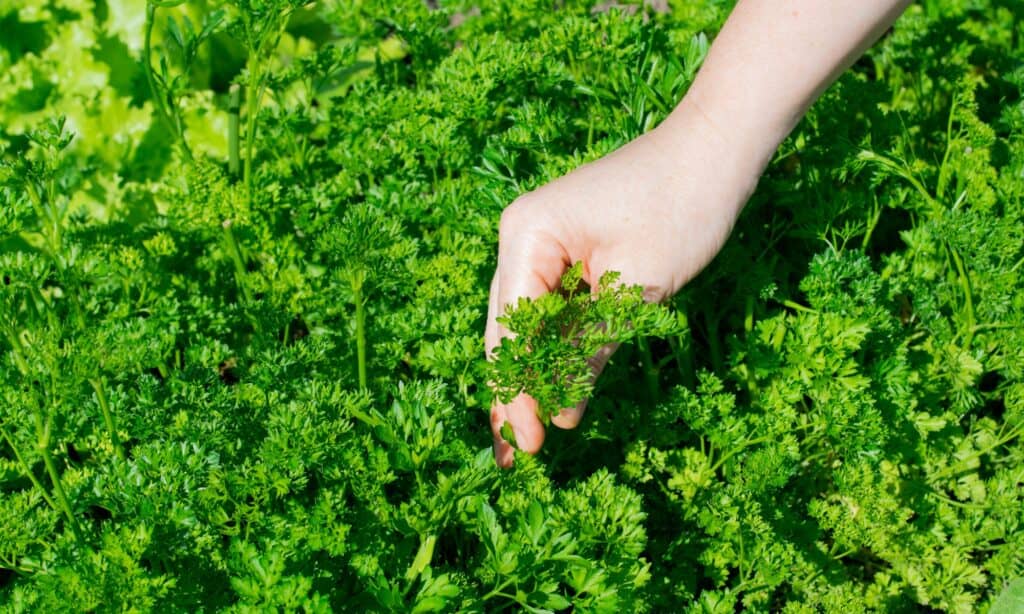
February can be a particularly volatile time, complete with warmer spring days that may greatly affect your vegetable garden.
©iStock.com/Oksana Chaun
Knowing your local climate and temperatures is paramount to growing any type of vegetable with success during this time of year. February can be a particularly volatile time, complete with warmer spring days that may greatly affect your vegetable garden. With practice and patience, many vegetables can power through this late winter month with your help!
Here are some veggies to consider planting, either from seed or from starts, during the month of February.
Pepper Plants
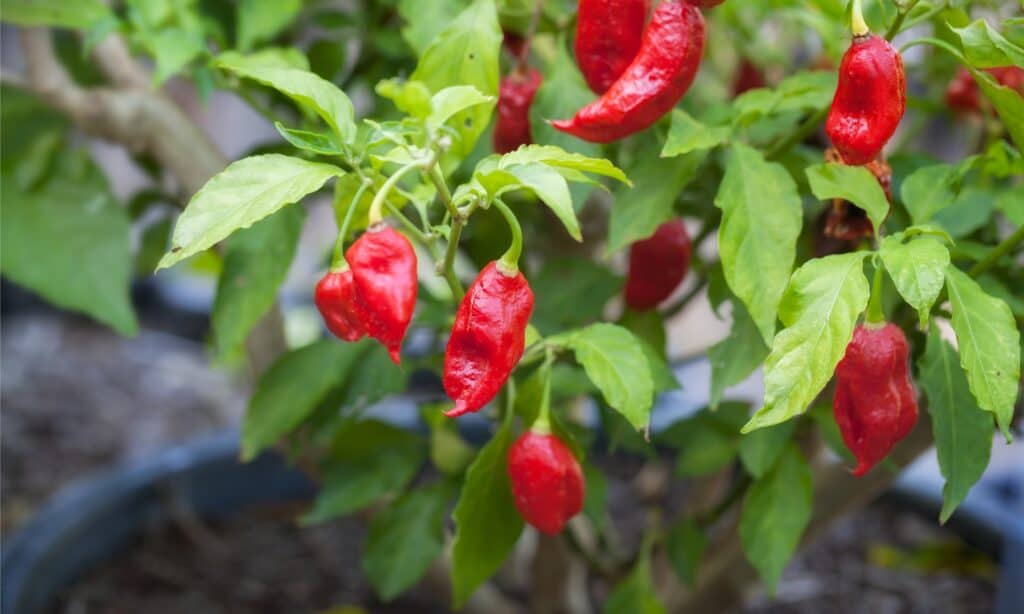
While they can’t yet handle the colder temperatures that February has to offer, all pepper varieties do well when grown from seed indoors and transplanted once all frost fears have passed.
©iStock.com/EvergreenPlanet
No matter the variety of pepper you wish to plant, all pepper plants need to be started indoors from seed during February. Members of the capsicum genus, pepper plants take a while to germinate and produce crops. While they can’t yet handle the colder temperatures that February has to offer, all pepper varieties do well when grown from seed indoors and transplanted once all frost fears have passed. This includes bell peppers as well as spicier peppers such as the ghost pepper.
Peas
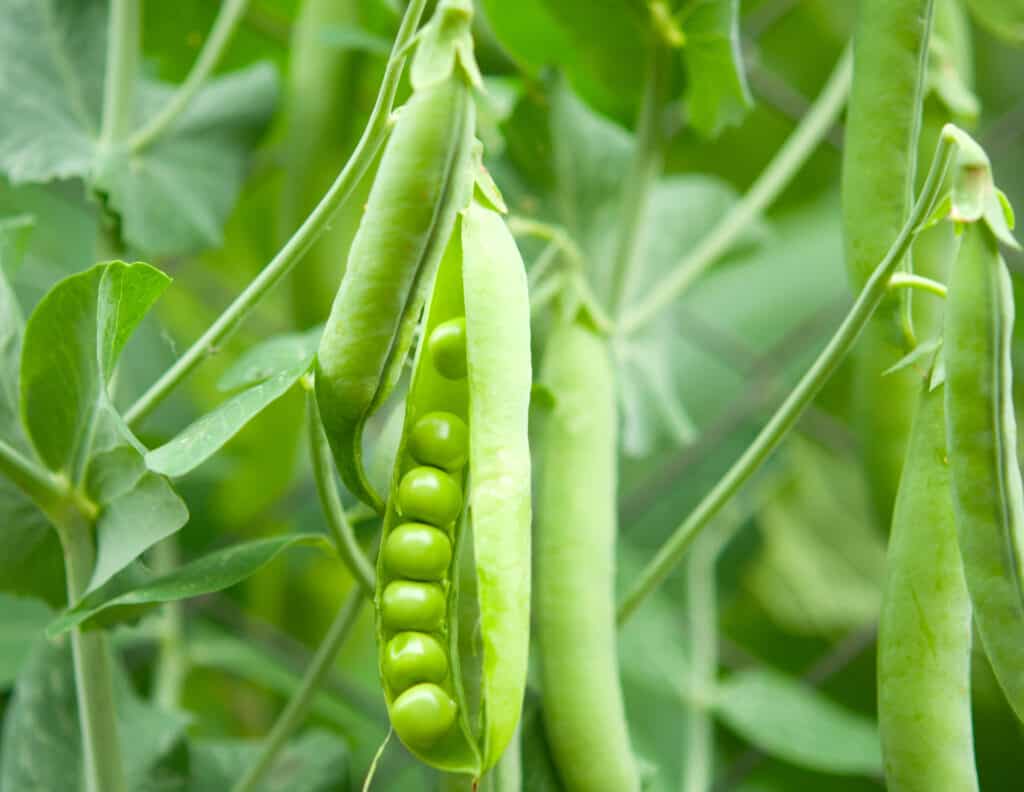
Sugar snap, shellable, and snow peas all do well when directly sown outside in February, preferring some colder temperatures in order to germinate.
©iStock.com/ksena32
In direct contrast to pepper plants, all pea varieties and cultivars are best planted in February, once the soil is workable. Peas cannot be transplanted with optimum success, given their attachment to soil conditions and their delicate root system. Sugar snap, shellable, and snow peas all do well when directly sown outside in February, preferring some colder temperatures in order to germinate. Make sure you plant them in full sun and with a trellis so that they can climb as they age!
Onions
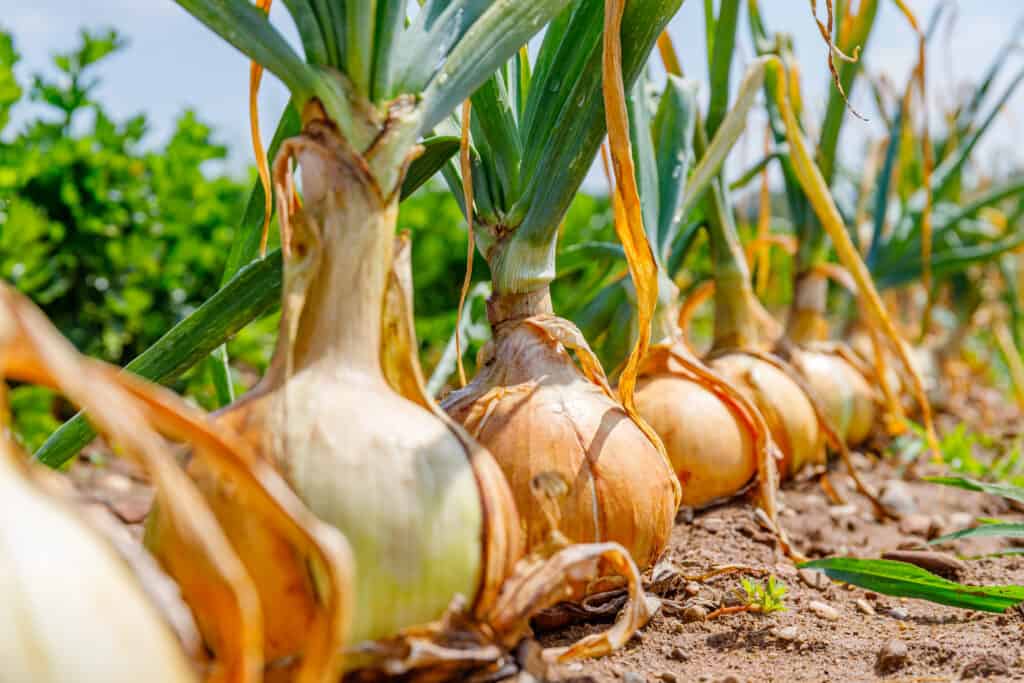
Most onions don’t begin to germinate until soil temperatures have risen to 45 degrees Fahrenheit, so keep this in mind when it comes time for transplanting and growing in your garden!
©nnattalli/Shutterstock.com
Your Hardiness Zone greatly affects the types of onions you should plant in February, largely due to the amount of light that they will receive during this time of year as well as the rest of the year. Long-day onions work best in northern locations where more light is received, while short-day onions do best in southern locations. There are also onion varieties that aren’t particularly affected by the sun, and many green onions do well throughout the winter!
You can start your onions indoors from seed or purchase onion sets and sow them outdoors directly, once your soil is workable. Most onions don’t begin to germinate until soil temperatures have risen to 45 degrees Fahrenheit, so keep this in mind when it comes time for transplanting and growing in your garden!
Beets
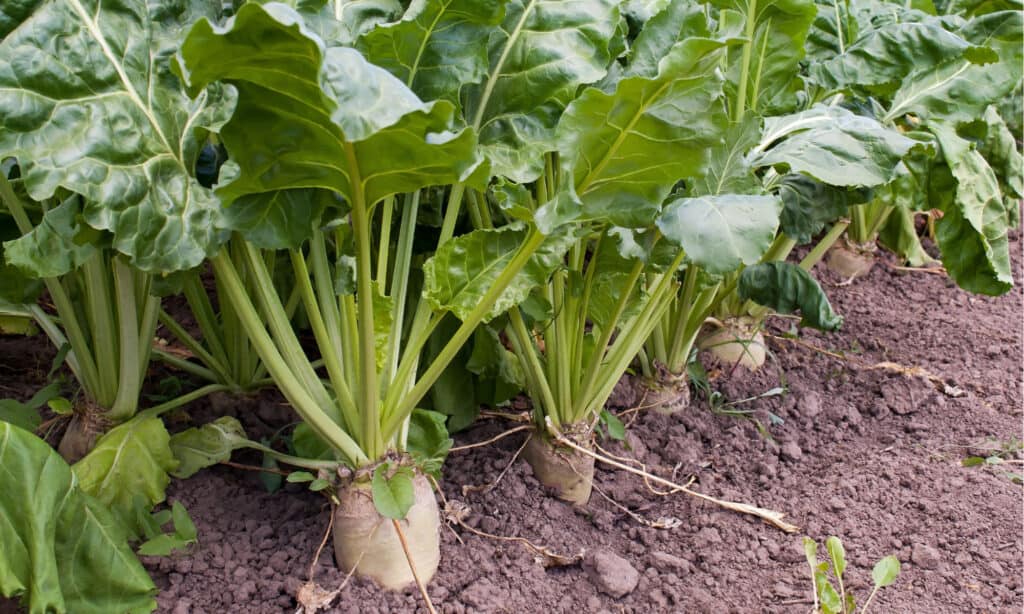
Plant beets in full sun, in even and well-spaced rows.
©LeOPL/Shutterstock.com
Versatile and delicious, beets can be directly sown in just about any garden during the month of February. While transplanting is still possible should you choose to grow them indoors from seed, many beet varieties germinate best in the soil where they will spend their life, setting down deep roots. Plant beets in full sun, in even and well-spaced rows. You can continue planting beet seeds during the springtime. Soak your seeds up to a day in advance to encourage germination!
Lettuce
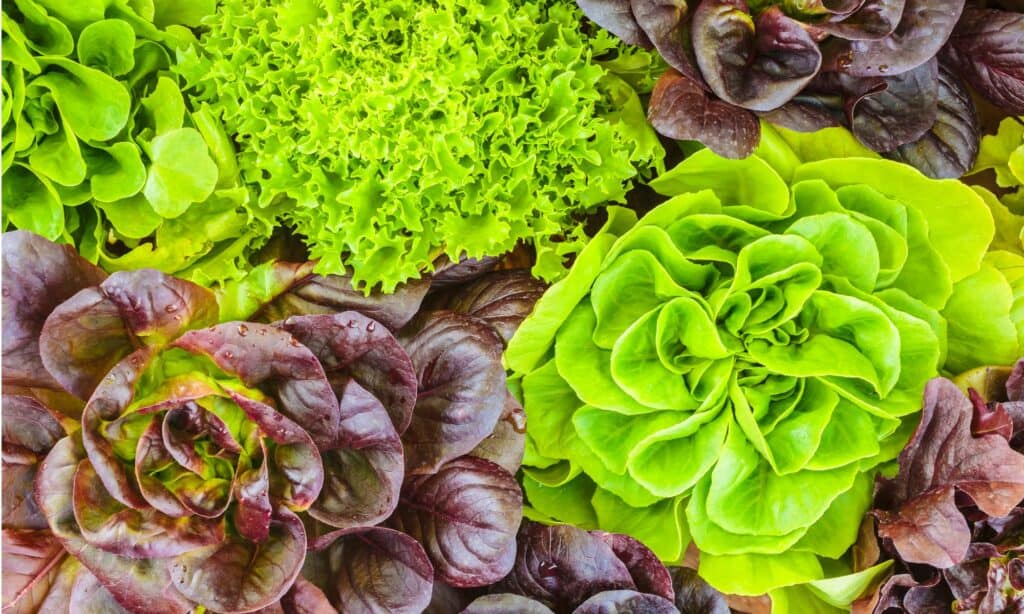
You should choose a type of lettuce that grows well in your climate and current temperatures, as many varieties can be sown up to a month before your final spring frost date without protection.
©iStock.com/DutchScenery
With countless varieties and an easy care regimen, lettuce is perfect when planted during this time of year. This is a great crop for containers as well as raised beds, best grown when directly sown into the soil. You should choose a type of lettuce that grows well in your climate and current temperatures, as many varieties can be sown up to a month before your final spring frost date without protection. Plus, you can continue to reseed your lettuce crops as they age, giving you plenty of leafy greens well into the summertime!
Tomatoes
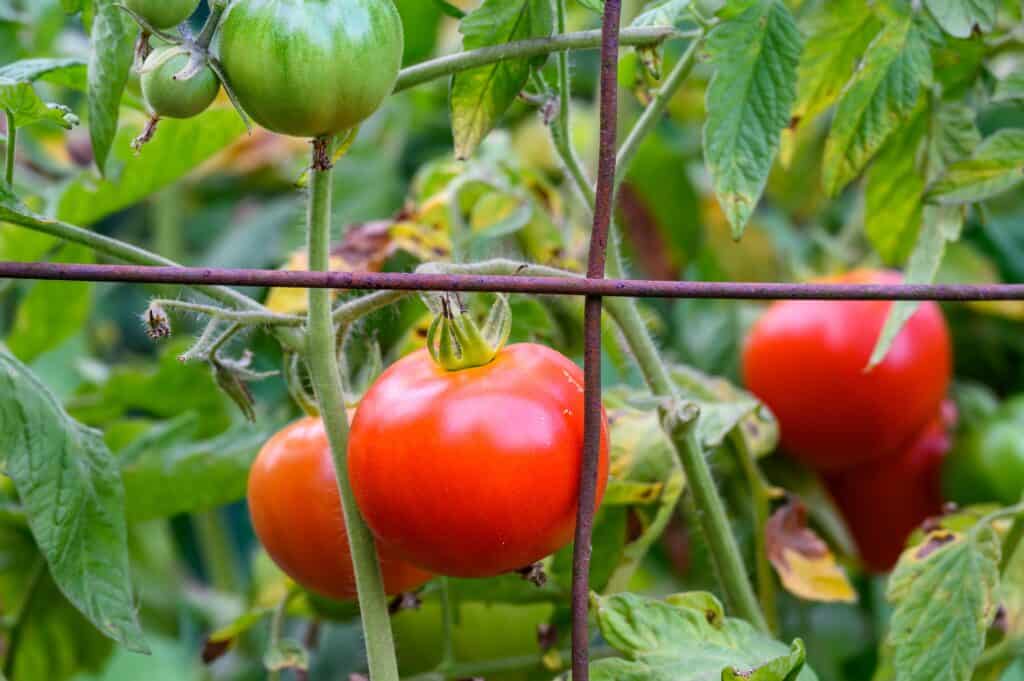
Start your tomato plants now and let them harden off before transplanting them in March or April!
©knelson20/Shutterstock.com
Just like peppers, tomatoes should be started indoors during the month of February. While all varieties of tomatoes are prolific producers of their crops, these plants need ample time to germinate and develop. Start your tomato plants now and let them harden off before transplanting them in March or April! With so many sizes, varieties, and types, there’s definitely a tomato plant out there that suits your garden and Hardiness Zone!
Up Next
- Discover the 10 Easiest Vegetables You Can Grow
- Is An Olive A Fruit Or Vegetable?
- 10 Best Plants That Survive Winter Outside
The photo featured at the top of this post is © iStock.com/ksena32
Thank you for reading! Have some feedback for us? Contact the AZ Animals editorial team.






